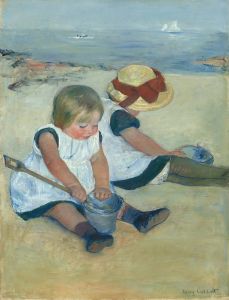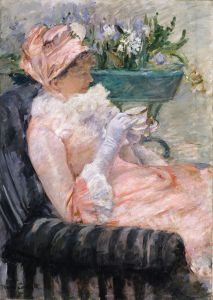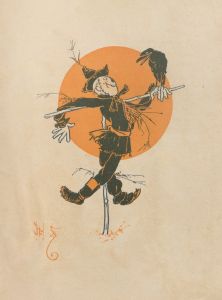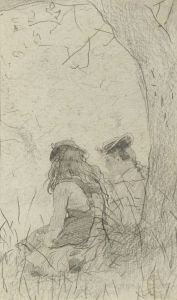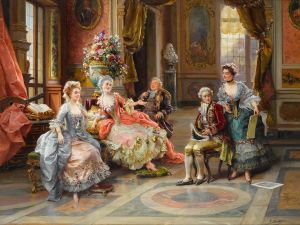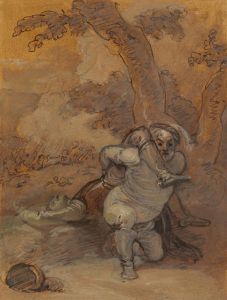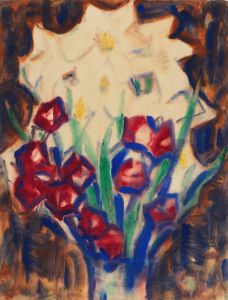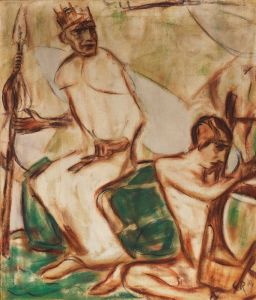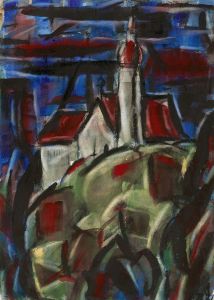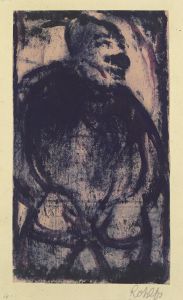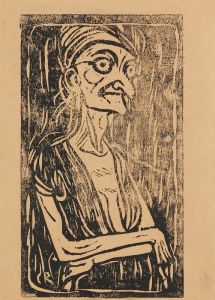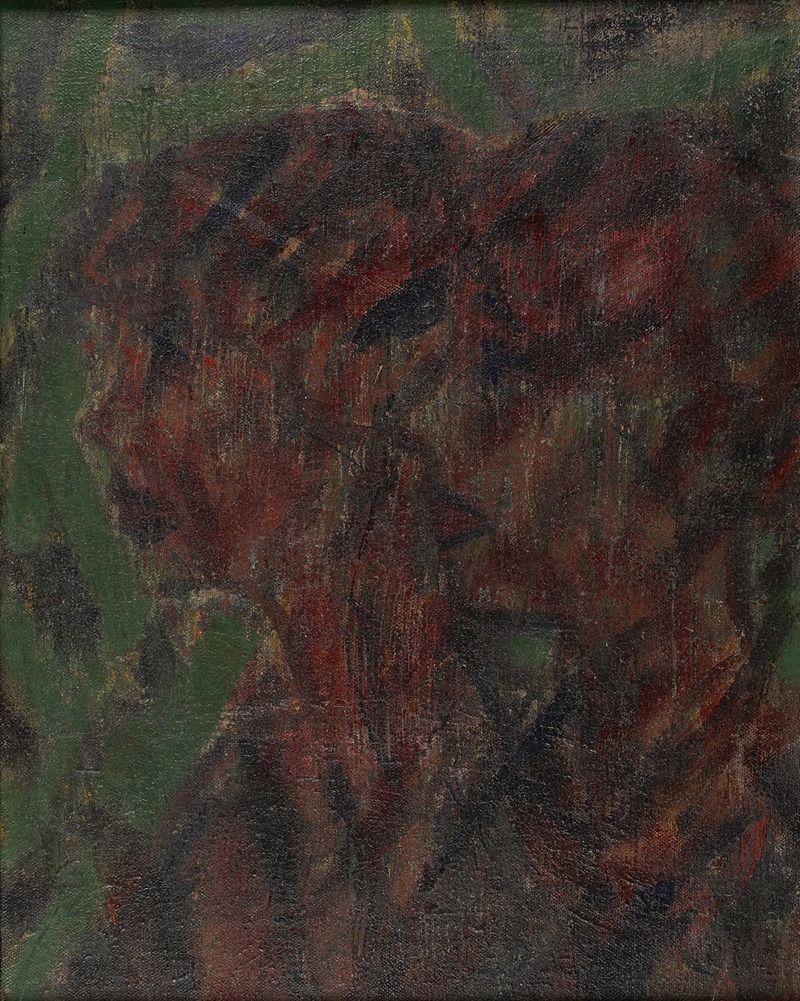
Zwei Schwestern
A hand-painted replica of Christian Rohlfs’s masterpiece Zwei Schwestern, meticulously crafted by professional artists to capture the true essence of the original. Each piece is created with museum-quality canvas and rare mineral pigments, carefully painted by experienced artists with delicate brushstrokes and rich, layered colors to perfectly recreate the texture of the original artwork. Unlike machine-printed reproductions, this hand-painted version brings the painting to life, infused with the artist’s emotions and skill in every stroke. Whether for personal collection or home decoration, it instantly elevates the artistic atmosphere of any space.
Christian Rohlfs was a prominent German painter associated with the Expressionist movement. His work, "Zwei Schwestern" (Two Sisters), is one of the many pieces that exemplify his unique style and contribution to early 20th-century art. Rohlfs was born on December 22, 1849, in Groß Niendorf, Germany, and his career spanned several decades, during which he evolved from a realist painter to an expressionist, influenced by the changing tides of art movements in Europe.
"Zwei Schwestern" is a painting that reflects Rohlfs' mature style, characterized by bold colors and dynamic forms. Although specific details about this particular painting are scarce, it is consistent with Rohlfs' exploration of human figures and emotions. His works often depicted figures in a way that emphasized emotional depth and psychological complexity, a hallmark of Expressionism.
Rohlfs began his artistic education at the Grand Ducal Saxon Art School in Weimar, where he initially focused on naturalistic and realistic styles. However, his exposure to Impressionism and Post-Impressionism, as well as his interactions with other avant-garde artists, gradually shifted his approach. By the early 20th century, Rohlfs had embraced Expressionism, a movement that sought to convey emotional experiences rather than physical reality.
Throughout his career, Rohlfs was known for his innovative use of color and form. He often employed a vibrant palette and expressive brushwork to create compositions that were both visually striking and emotionally resonant. His work was influenced by his surroundings and personal experiences, and he frequently drew inspiration from nature, landscapes, and the human figure.
Rohlfs' contribution to art was recognized during his lifetime, and he became a member of the Berlin Secession, a group of artists who rejected traditional academic art in favor of more modern approaches. Despite facing challenges, including the political turmoil of his time, Rohlfs continued to produce art that was both personal and reflective of broader artistic trends.
"Zwei Schwestern" likely embodies these characteristics, showcasing Rohlfs' ability to capture the essence of his subjects through expressive means. Unfortunately, due to the limited availability of specific information about this painting, further details about its creation, dimensions, and current location remain elusive.
Christian Rohlfs passed away on January 8, 1938, in Hagen, Germany. His legacy endures through his contributions to Expressionism and his influence on subsequent generations of artists. His works are held in various collections and museums, where they continue to be studied and appreciated for their emotional depth and artistic innovation.





